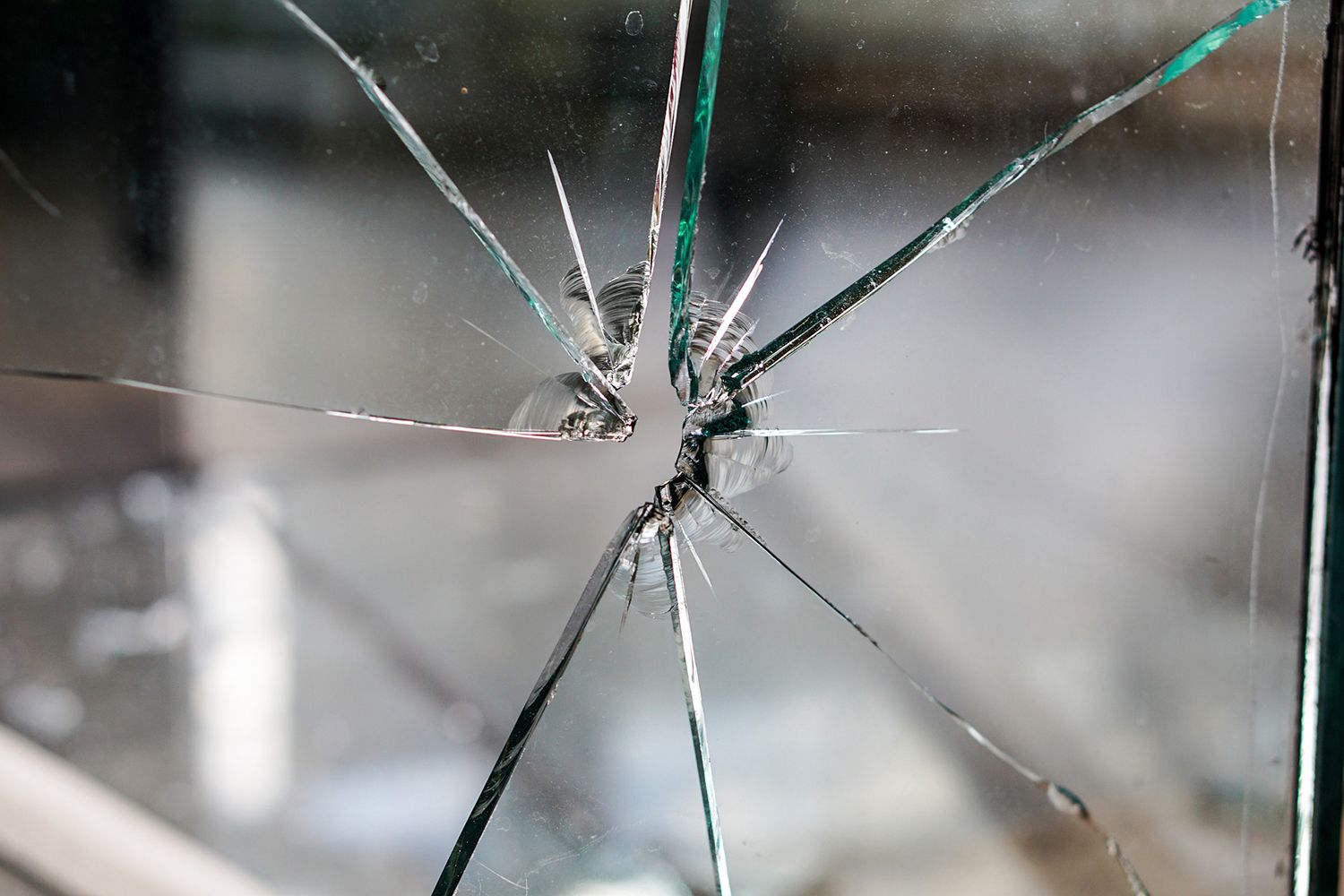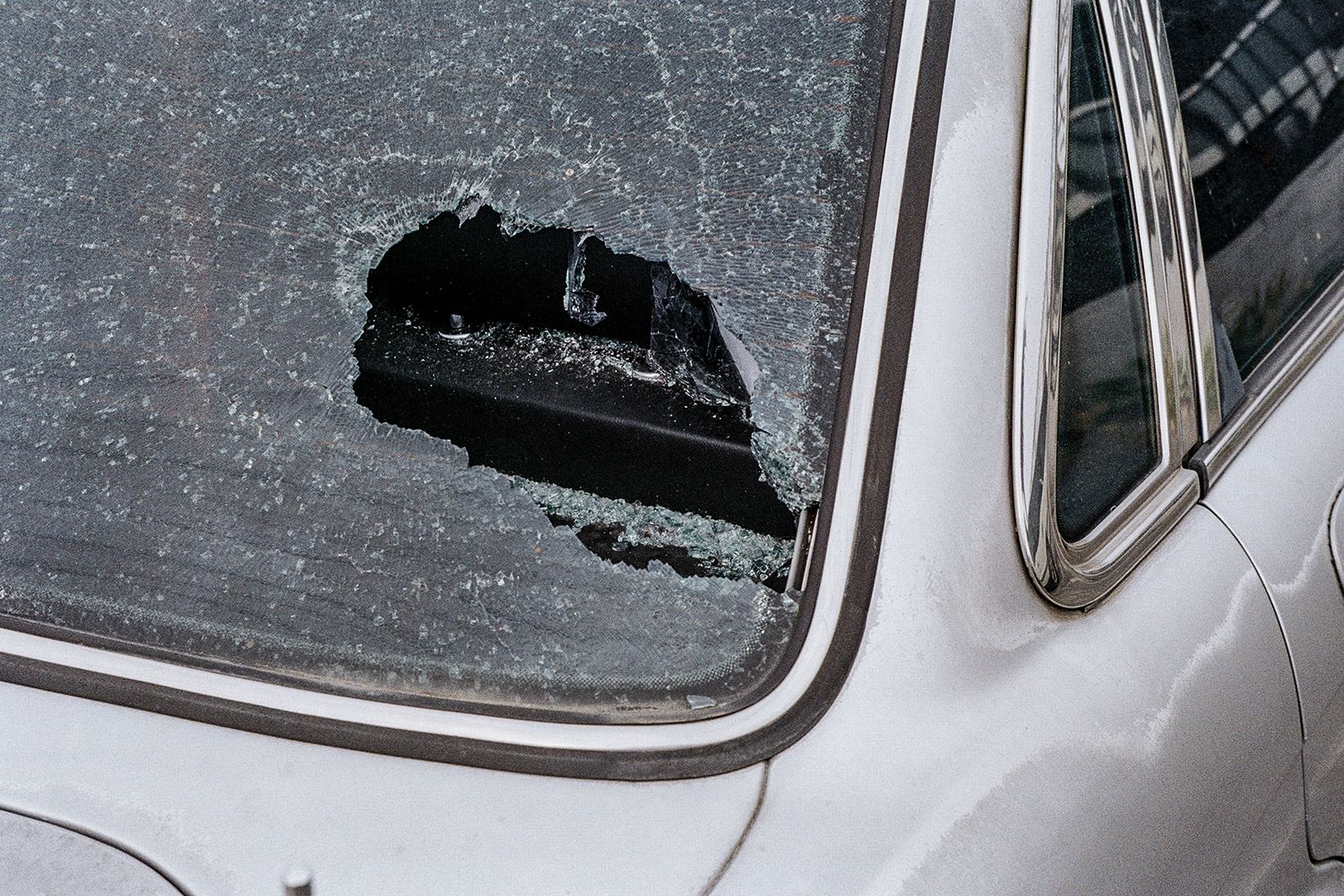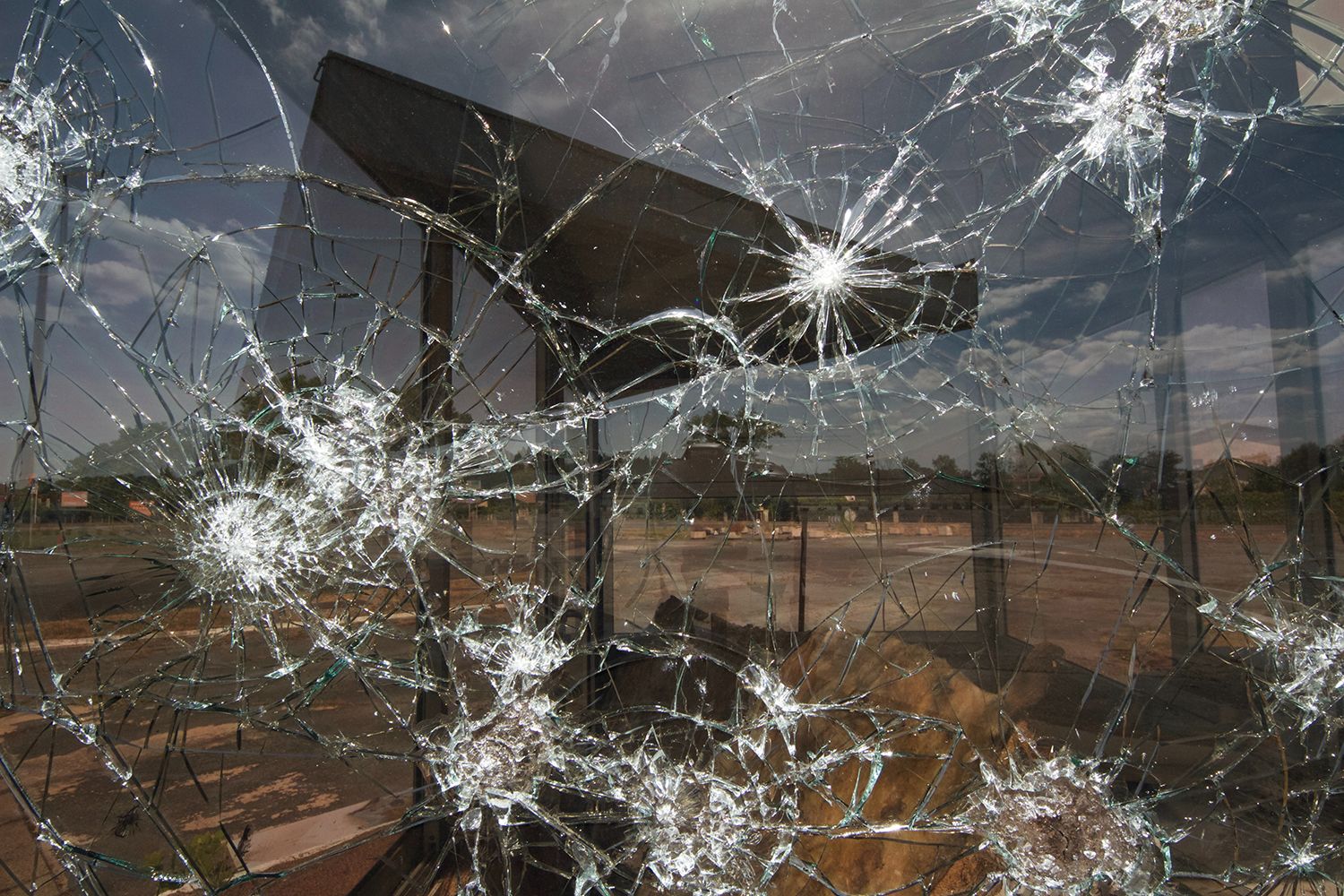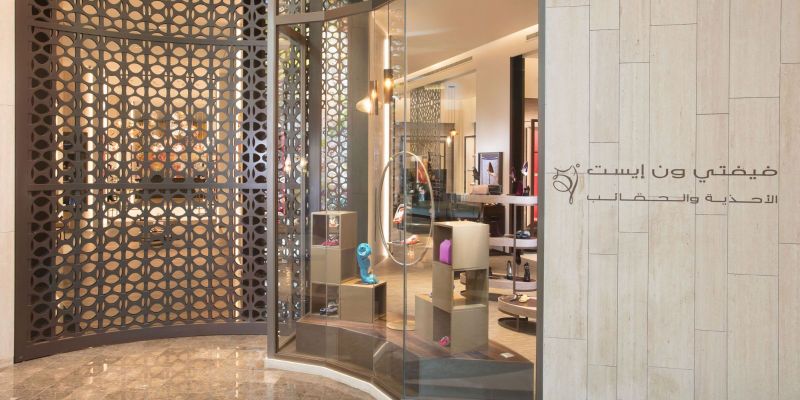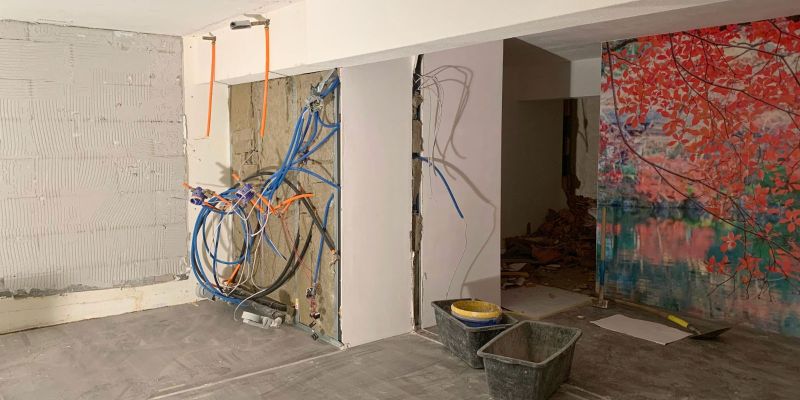26. October 2021
A crystal-clear Matter
Glass is a versatile material that can be used in a variety of ways in architecture and interior design. The decision about what sort of glass is suitable and how to use it in a given situation is based on the glass’s intended purpose.
Author
Josef Heer
Have you ever immersed yourself in the world of glass? My guess is probably not. Which is incredible, actually, considering the material’s ubiquity in our daily life. Its areas of application are as diverse as its varieties and their respective properties.
Glass with and without safety Features
We differentiate between two general types of glass: glass with safety features and glass without them. One well-known type of the latter is float glass, which gets its name from the manufacturing process used to make it. This type of glass has a green tint that becomes more visible as the glass gets thicker. As a result, it is not always the best choice for things like display cabinets, since the glass’s own color can affect the color of the products on display. When we at DOBAS need to use a simple, transparent glass, we usually choose clear glass, which is likewise a float glass, only it has a lower ferrous oxide content, which eliminates the green tint.
Tempered glass is a type of glass that is strengthened during its production in a way that changes its properties and makes it more resistant. This sort of glass is a good option for full glass doors, room dividers or bathroom glazings. Consisting of a single pane, when tempered glass breaks, it shatters into thousands of tiny granular pieces, which minimises the risk of injury.
Tempered glass can also be reworked into laminated glass, which has at least two panes that are bonded to one another with a highly elastic interlayer made of polyvinyl butyral (PVB) or ethylene-vinyl acetate (EVA). While the glass does shatter when damaged, the pieces are held together by the interlayer that bonds the panes. In the case of a break-in, it prevents access to the valuables inside. Laminated glass is used for, e.g. high-end boutique façades or shop windows.
Any sort of laminated glass with an additional middle layer of polycarbonate is what we call safety glass.
Laminated glass has different constructions and, by extension, different classes. Distinctions are drawn between attack-resistant glass with low-level impact resistance (classes P1A to P5A), high-level impact resistance (classes P6B, P7B and P8B) or bullet resistance (class BR1 and up). To determine the class, there are standardised procedures for testing how a metal ball, an axe or a firearm impacts the glass. In order to be classified as a P7B glass, for example, it must be able to withstand 30 to 50 axe blows.
Resistance Class
The way a glazing is constructed determines its resistance class, or RC.
Here, too, the glazed components undergo a standardized testing procedure. From RC3 and up, they must be able to withstand certain tools for a minimum period of time. For example: An RC4 component where a P6B laminated safety glass is used must be able to withstand a perpetrator and certain tools for at least ten minutes.
Anti-burglary Systems
Selecting the right glass and resistance class of glazed components are a key part of anti-burglary systems. However, they alone do not provide sufficient security, say, in the case of a boutique that houses valuable objects or in upscale residential areas. These situations usually require multi-part systems that include glass breakage detectors and/or additional alarm systems. You can never be too careful when it comes to thieves!
Take your interior architecture project to the next level
Josef Heer
Project Manager / Key Account Manager / Member of the Board
Explore More Space Stories
Space Story #23 | 28 March 2022
Keeping it clean with good Shop Design
Nobody wants their sparkling new shop interior to lose its lustre before its time. That’s why it is so important to think about future cleaning and upkeep in shop design. In this entry, interior architect Verena Zaugg explains the most important things to bear in mind.
Space Story #2 | 31 January 2020
More Space for Inspiration and Creativity
After a two-month renovation phase, we will be moving into our new office spaces in February. We are thrilled to soon bring our green oasis to life and to welcome our clients in a spacious new reception area.


